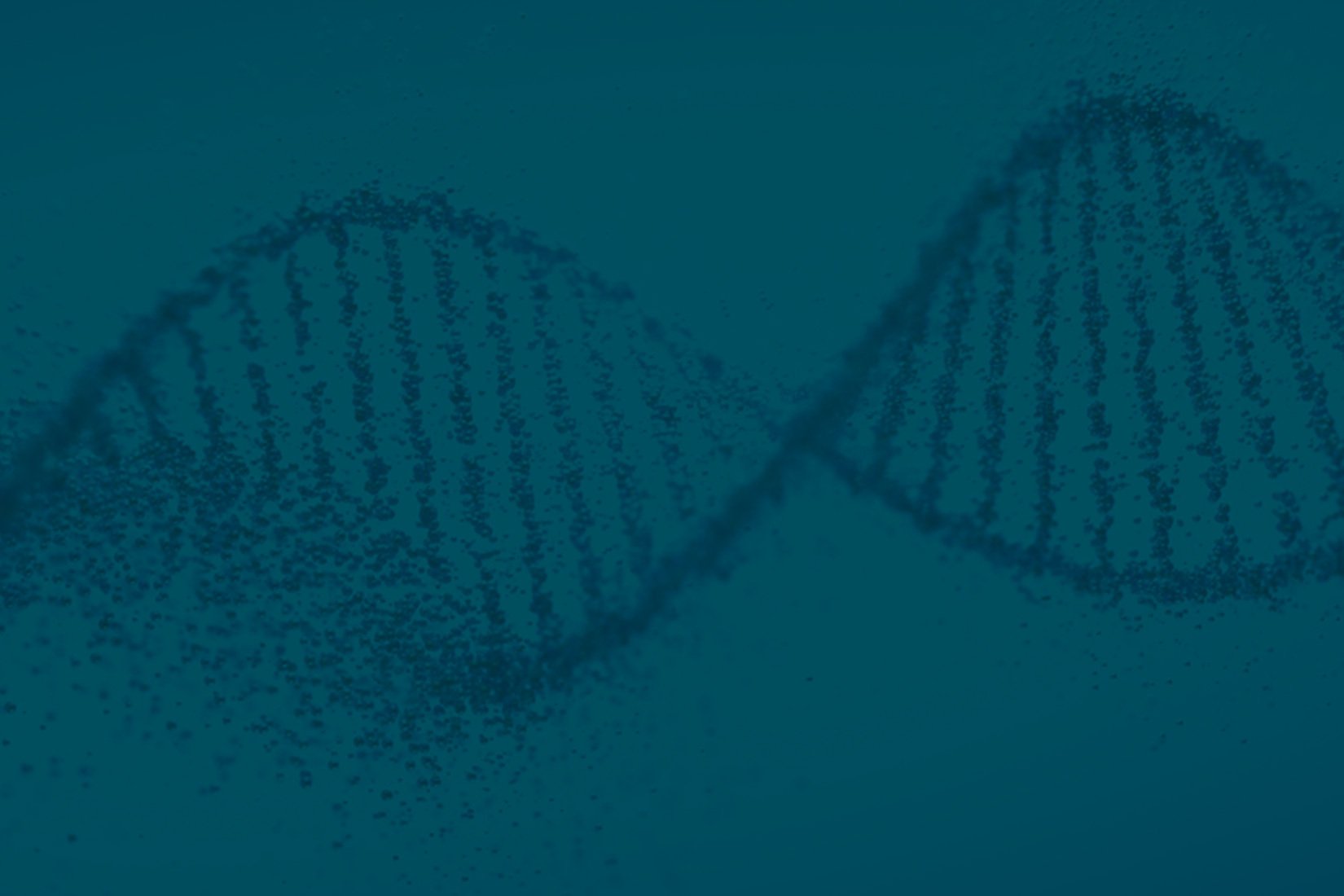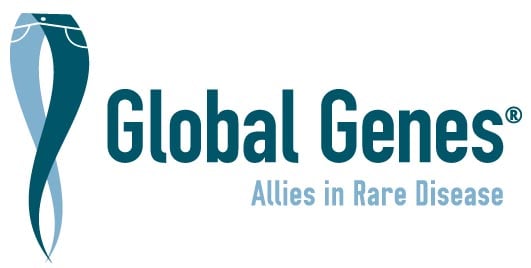When it comes to putting your money behind a cure, you don’t always know where that dollar is going to end up. Will it be in the non-profit’s printer cartridge? Will it pay for event space for another fundraiser? While all funds in non-profits are closely evaluated and put to what they know to be their best use—sometimes you, John, the guy whose daughter is finding Ehlers Danlos–just want to put his money towards the vials, material and paycheck of the scientist who will be sitting in that lab testing sample after sample for a cure.
And Consano gets it.
Unlike your standard crowd funding sites, Consano follows a unique process that includes using a team of scientific advisors to vet submitted projects and they then make those recipients responsible for regular updates to their benefactors.
How does the vetting process work? We asked Founder and CEO, Molly Lindquist:
- What do you want to raise money for? Consano helps individuals raise money for medical research, but there are other sites that enable individuals to raise money for their own day-to-day needs or medical expenses. There are also crowdfunding platforms that help other non-profit organizations raise money.
- What is the fee structure? Consano only takes out credit card processing fees and funds the remainder of our operating expenses separately through a Portland fundraising event and individual contributions to keep our site operational. Most other crowdfunding platforms take a % of the pledge that ranges anywhere from 5-15%.
- What is the “perk” that their community will expect from a crowdfunding contribution? Consano is a 501c3 organization, so our “perk” is a tax deduction. Other for-profit crowdfunding sites offer merchandise or other “prize-like” things as their perk.
- What is the vetting process for projects on the site? This might not be as imperative if you’re pledging to support an artist or product, but when it comes to medical research, peoples’ lives are at stake. Make sure the money is going exactly where you think it is.
The last question, Lindquist says, is the most important to her.
“We do not want to provide people with false hope.”

Stay Connected
Sign up for updates straight to your inbox.
